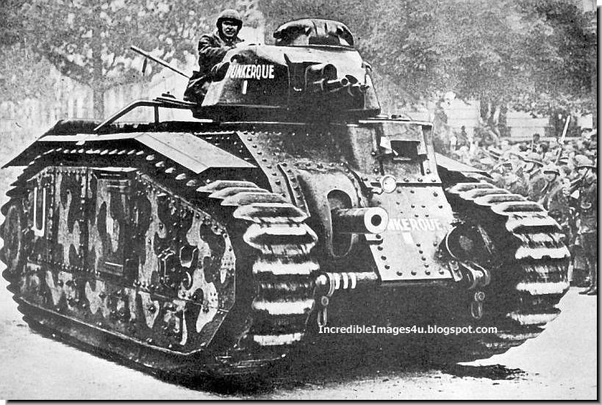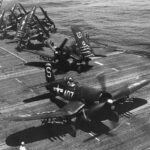The French tanks in World War II were indeed well-designed and, in some cases, technically superior to their German counterparts. However, a combination of strategic, organizational, and tactical missteps contributed to France’s rapid defeat in 1940. Here are the key factors that led to this outcome:
Strategic and Tactical Doctrine Differences
French Defensive Doctrine: France had built the Maginot Line, a heavily fortified line along its border with Germany, which reflected a defensive mindset. The French high command focused on static defense, expecting a repeat of the attrition-style warfare from WWI. They did not foresee the fast, mobile warfare that the Germans would bring with Blitzkrieg tactics.
German Blitzkrieg Tactics: German strategy emphasized speed, coordination, and surprise. Blitzkrieg (or “lightning war”) tactics used concentrated, fast-moving armored divisions supported by close air support, breaking through weak points and encircling enemy forces. French forces were not prepared for this level of coordinated, fast-paced attack, and the static defenses were bypassed.
Poor Tank Deployment and Coordination
Lack of Concentration: Although France had excellent tanks, they were dispersed among infantry divisions rather than concentrated in independent armored divisions. French tanks were often used piecemeal in support of infantry rather than in mass formations, reducing their effectiveness and denying them the chance to counter German armored thrusts.
Weak Communication: French tanks often lacked effective radio communication, making coordination difficult and slowing their ability to respond to the fast-moving German units. In contrast, German tank units were better equipped with radios, which allowed them to maintain real-time communication and adapt quickly to changing battlefield conditions.
The “Sickle Cut” through the Ardennes
The Ardennes Gamble: The Germans launched a bold maneuver through the Ardennes Forest, an area the French high command thought impassable to tanks. By doing so, German forces bypassed the Maginot Line and managed to outflank French and British forces. The sudden and deep penetration caught the Allies by surprise, cutting off and encircling large numbers of troops, who were then forced to retreat or surrender.
Operational Speed: The German push through the Ardennes allowed them to reach the English Channel in just a few days, effectively splitting the Allied forces in two and disrupting their lines of communication and supply.
Slow French Mobilization and Rigid Command Structure
Rigid Command and Slow Reaction: The French military had a hierarchical, centralized command structure, which hindered flexibility and slowed decision-making. Orders had to pass through multiple levels, often delaying critical responses to German advances.
Underestimation of German Capability: Many in the French high command underestimated the speed and effectiveness of German forces, thinking they could halt any advance in time. This lack of urgency contributed to their inability to mount a coordinated and timely counteroffensive.
Political and Moral Factors
Low Morale and Political Instability: France had been through significant political turmoil in the years leading up to WWII, and the nation’s morale was lower than during WWI. Many soldiers and civilians were still haunted by the trauma of WWI, and there was widespread reluctance for another prolonged conflict.
Allied Coordination Issues: Coordination between French and British forces was often inefficient. Both nations had different strategic priorities, which led to delays and disagreements about how best to counter the German advance.
Conclusion
While France possessed excellent tanks, their misaligned tactics, poor organization, and underestimation of German strategy and speed contributed to their rapid defeat. The Battle of France ultimately showed the importance of modern, flexible, and coordinated combat strategies—lessons that would shape Allied tactics later in the war.


